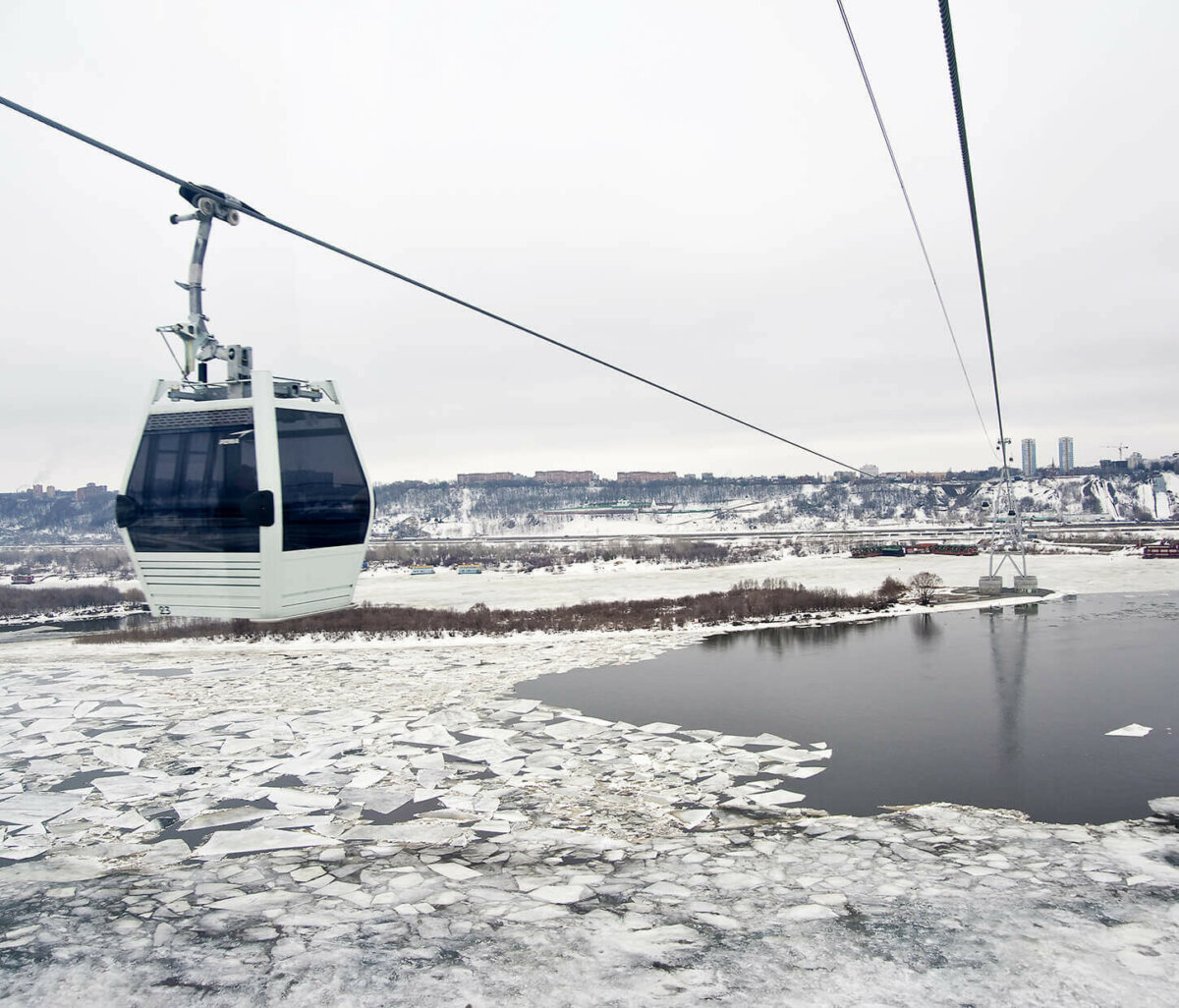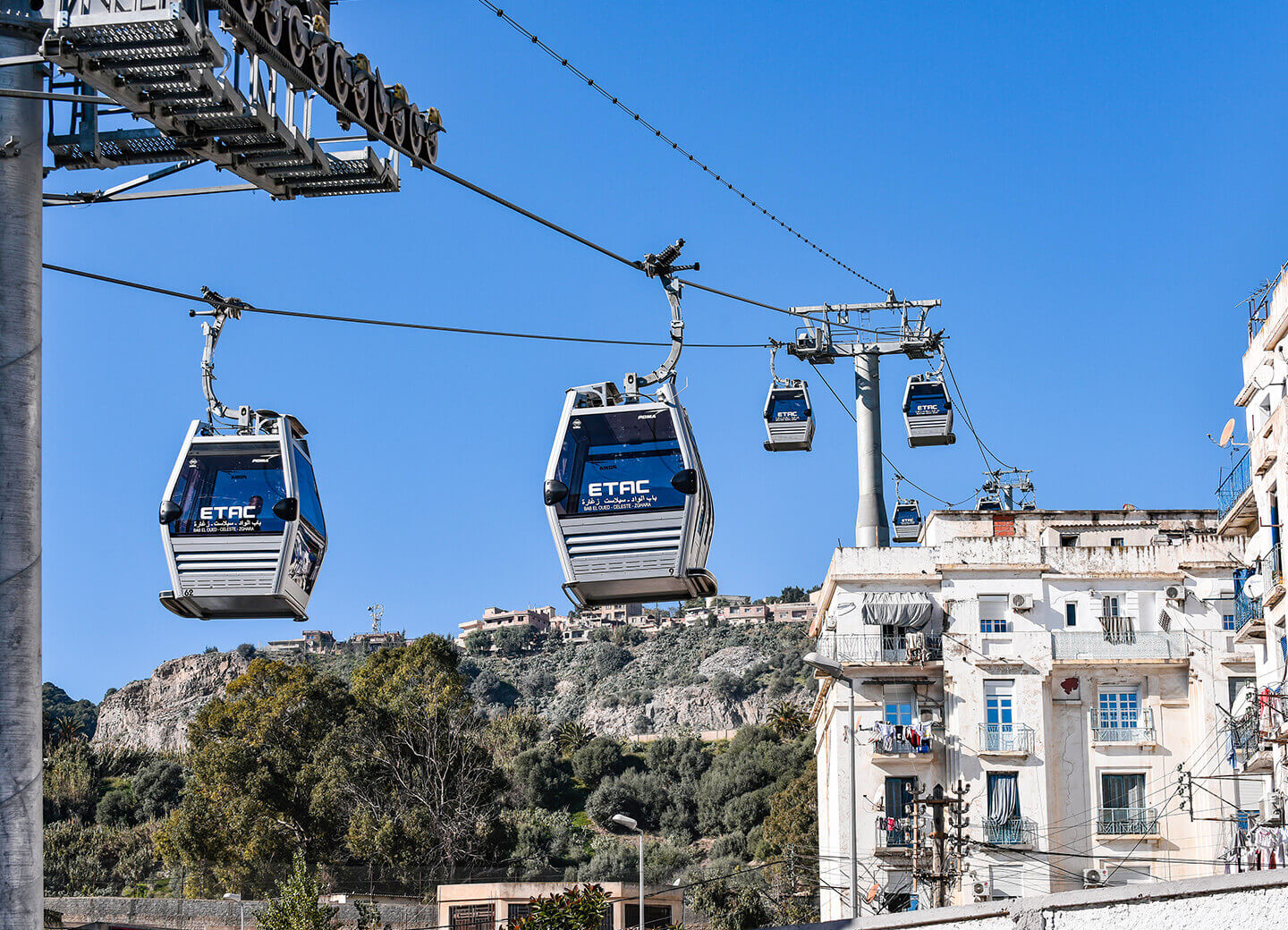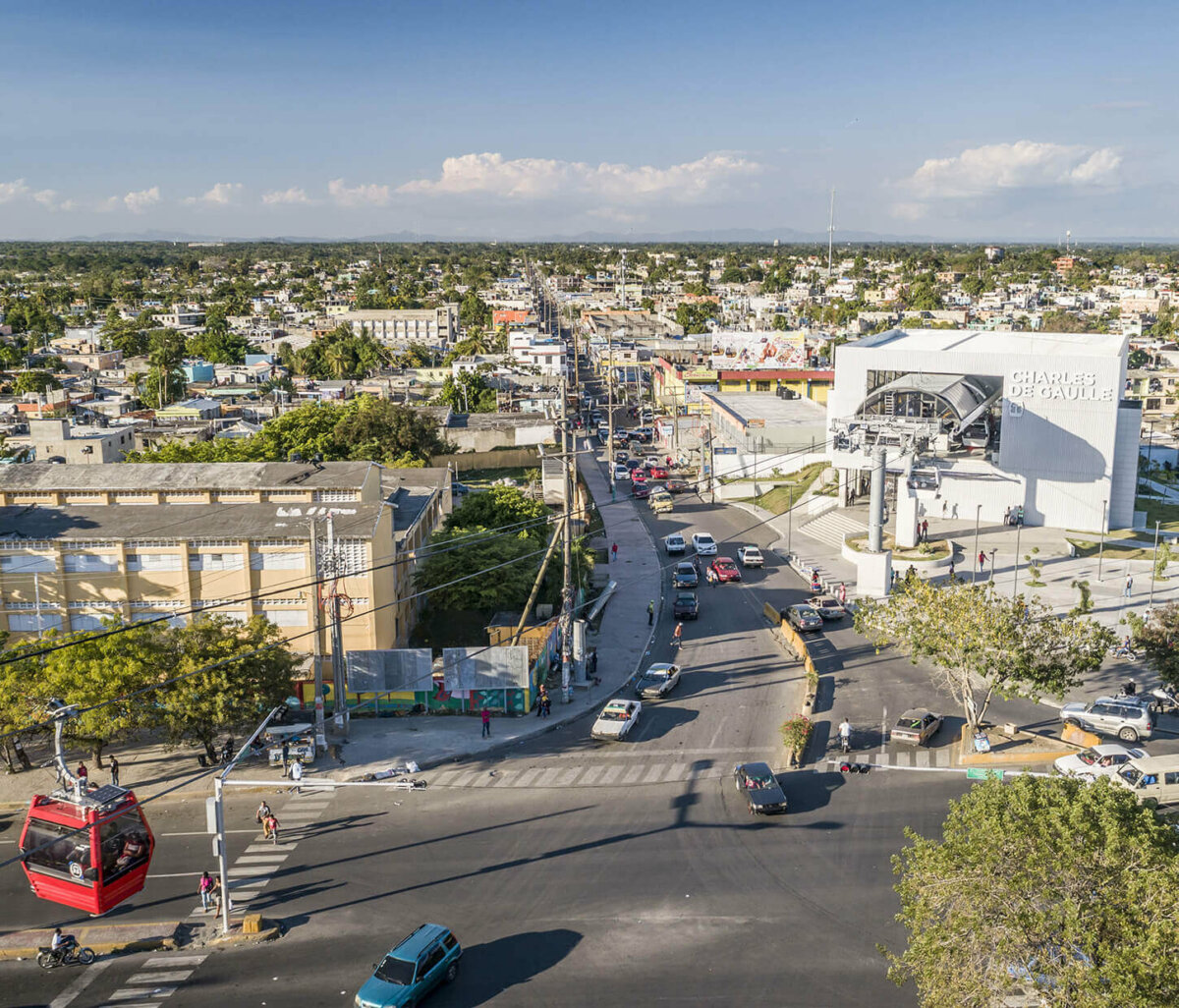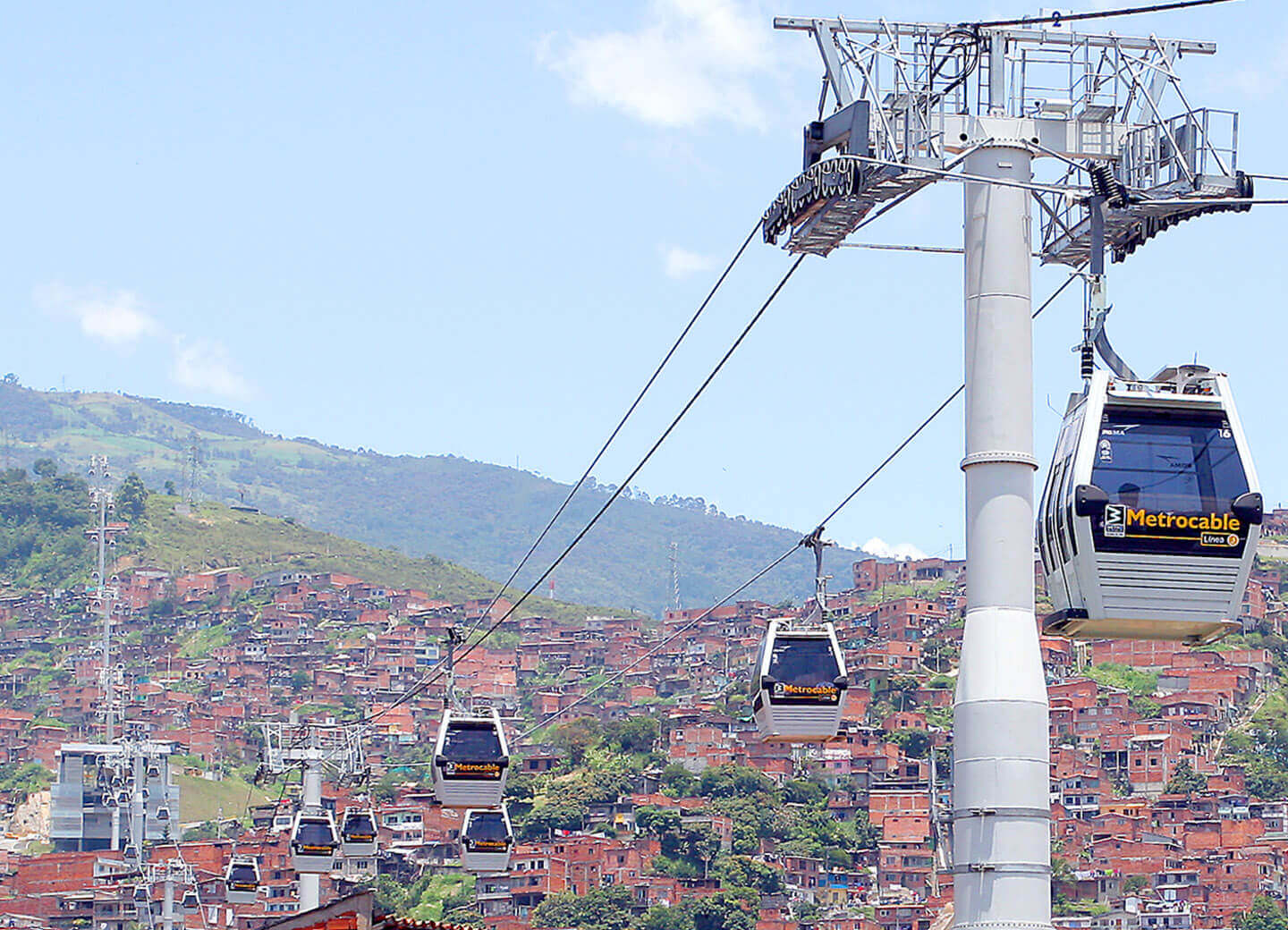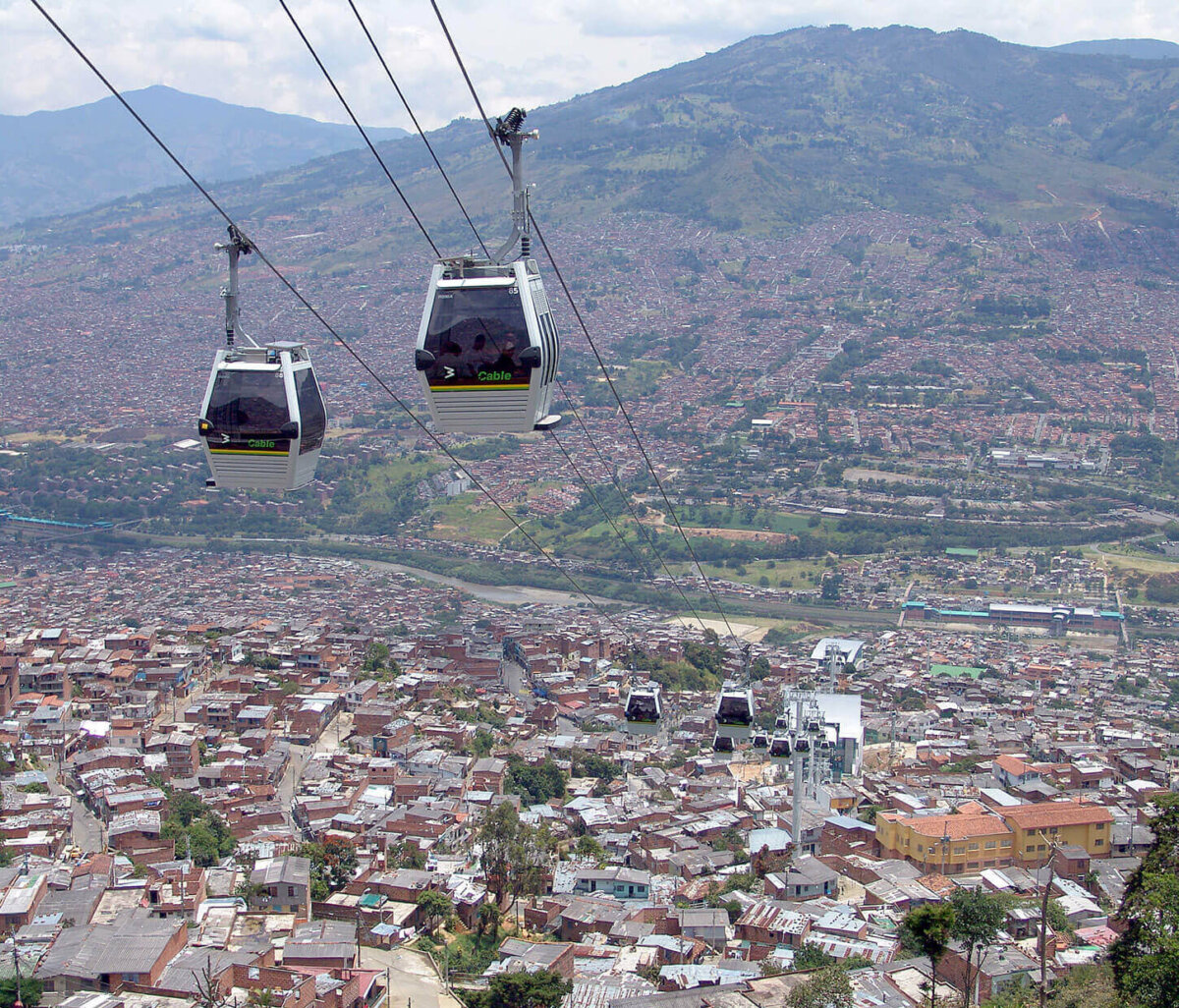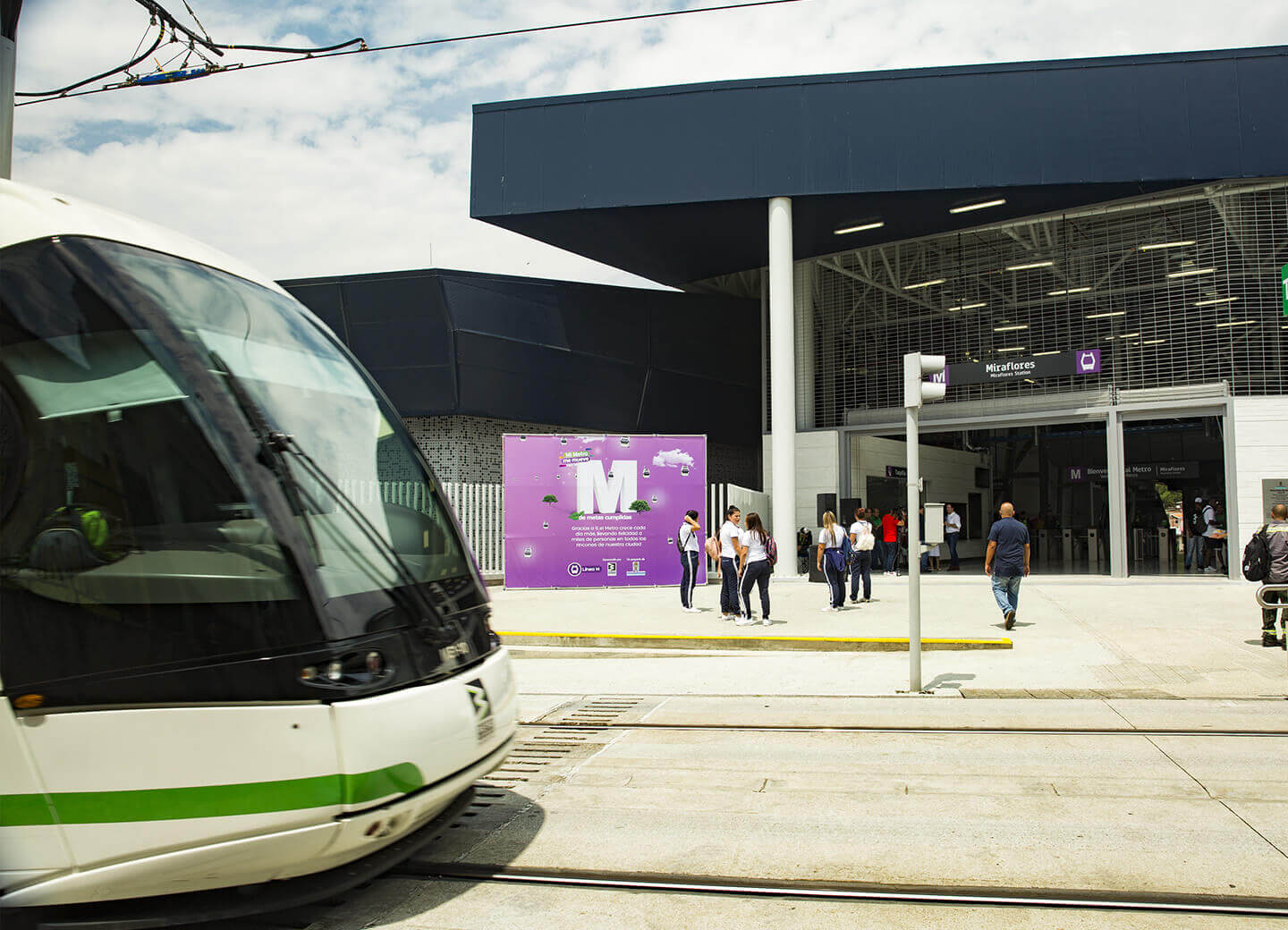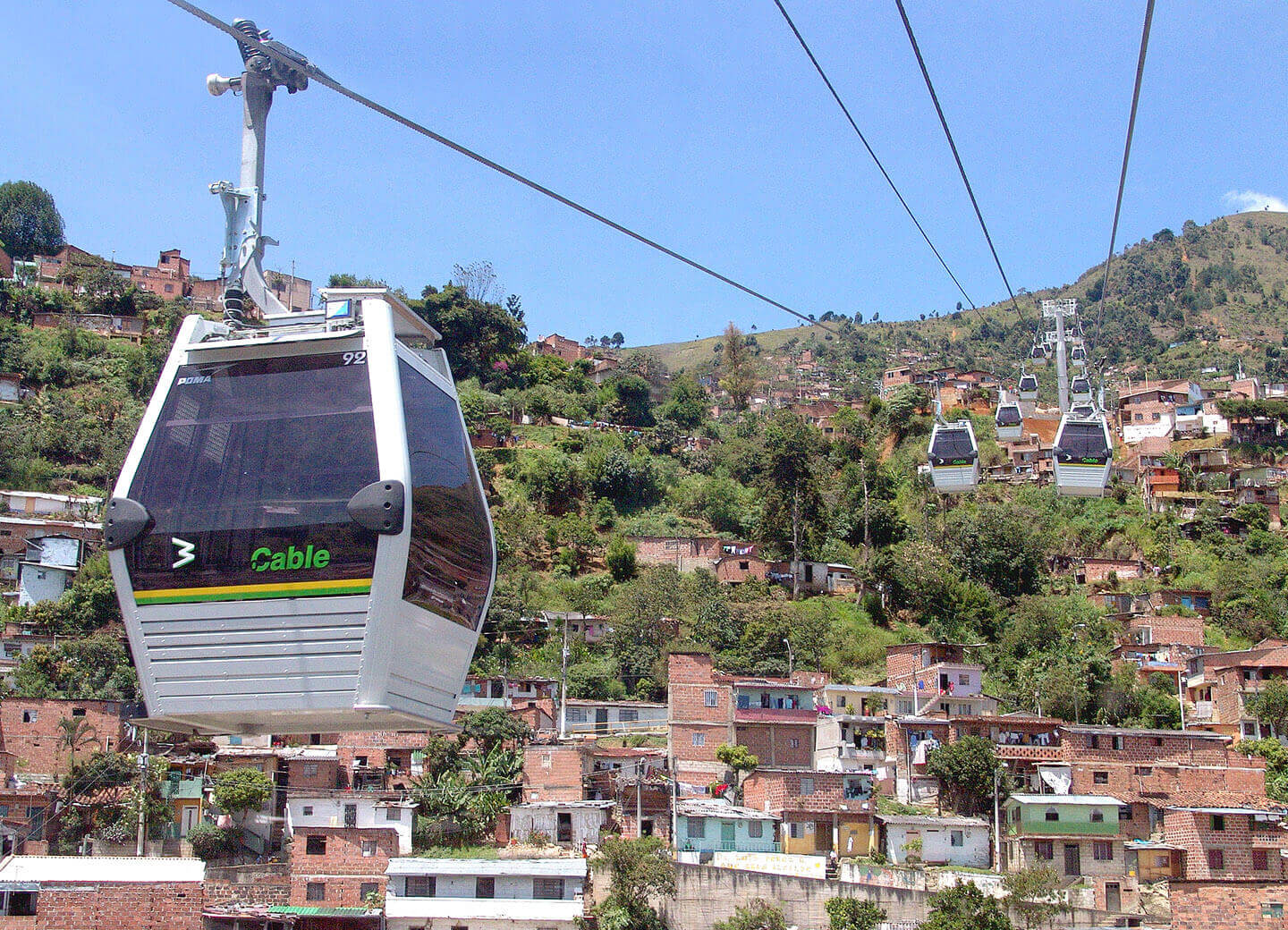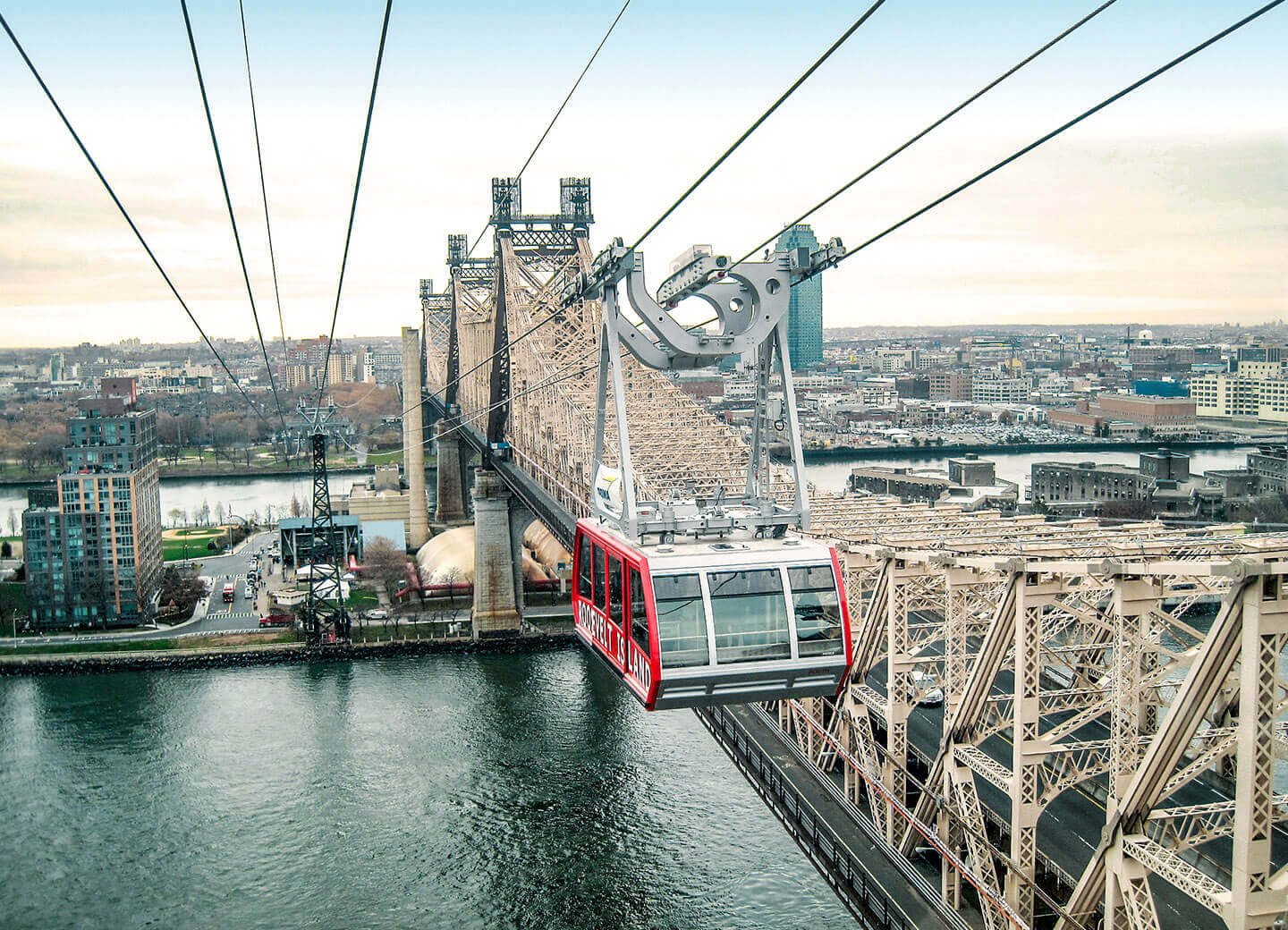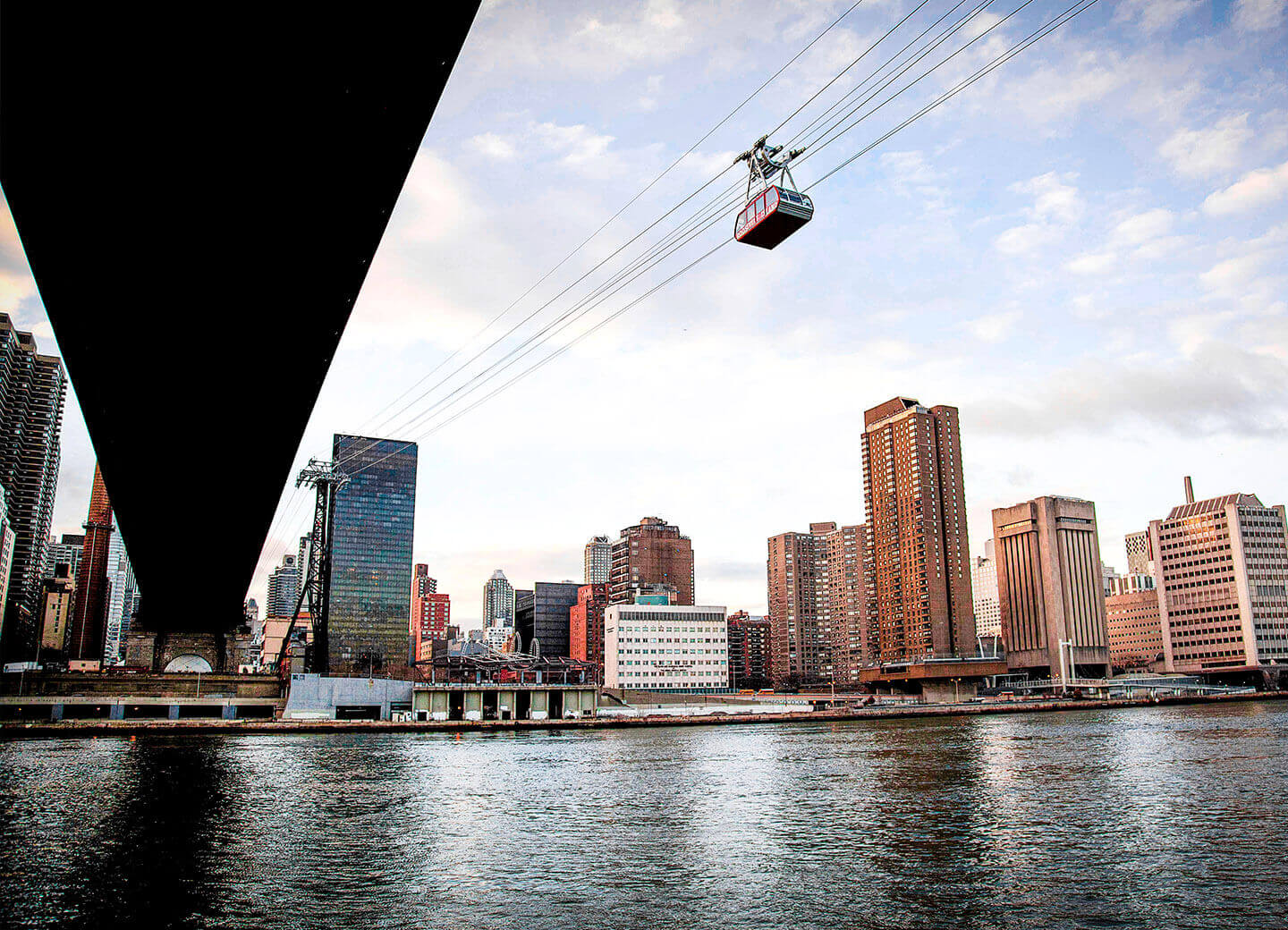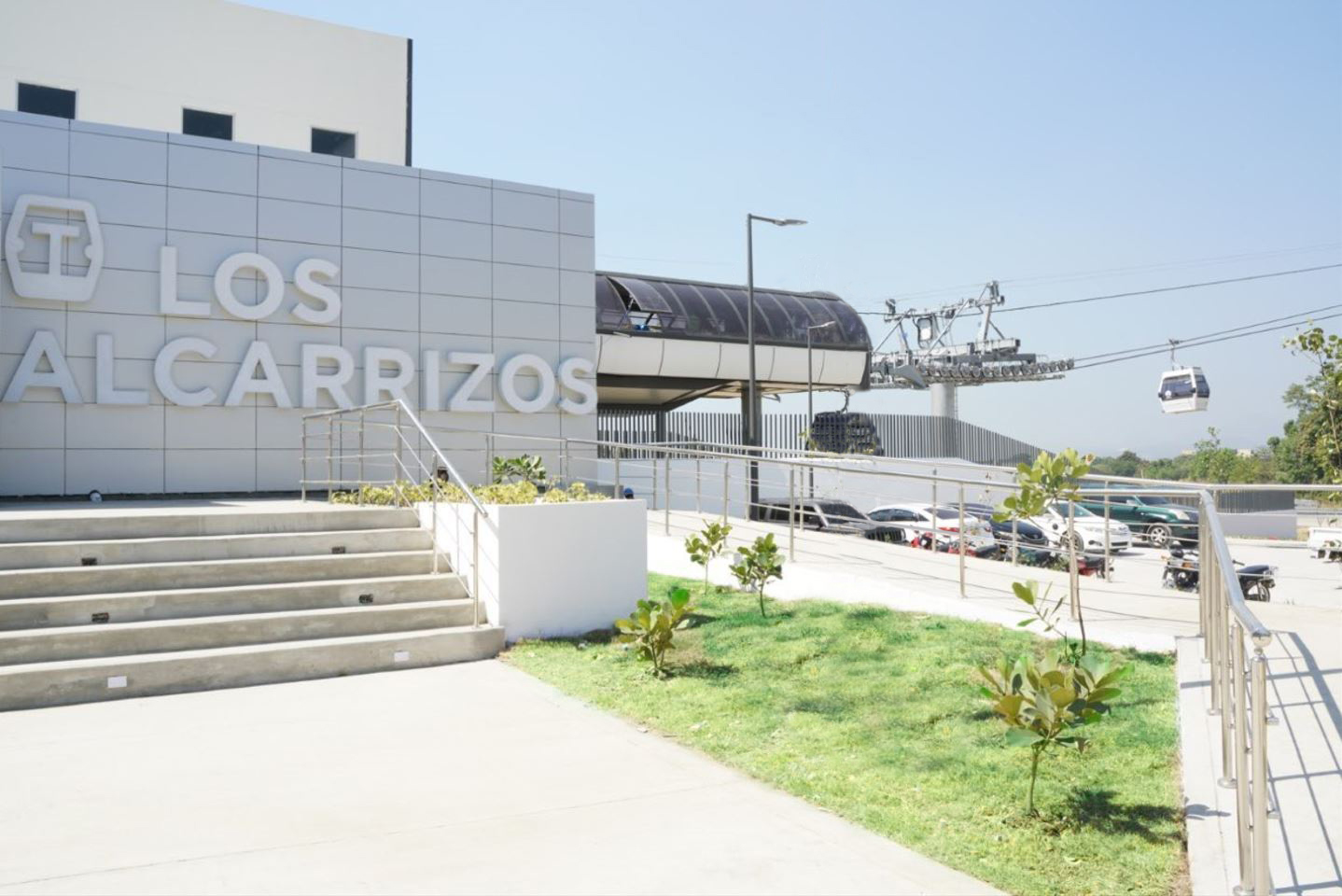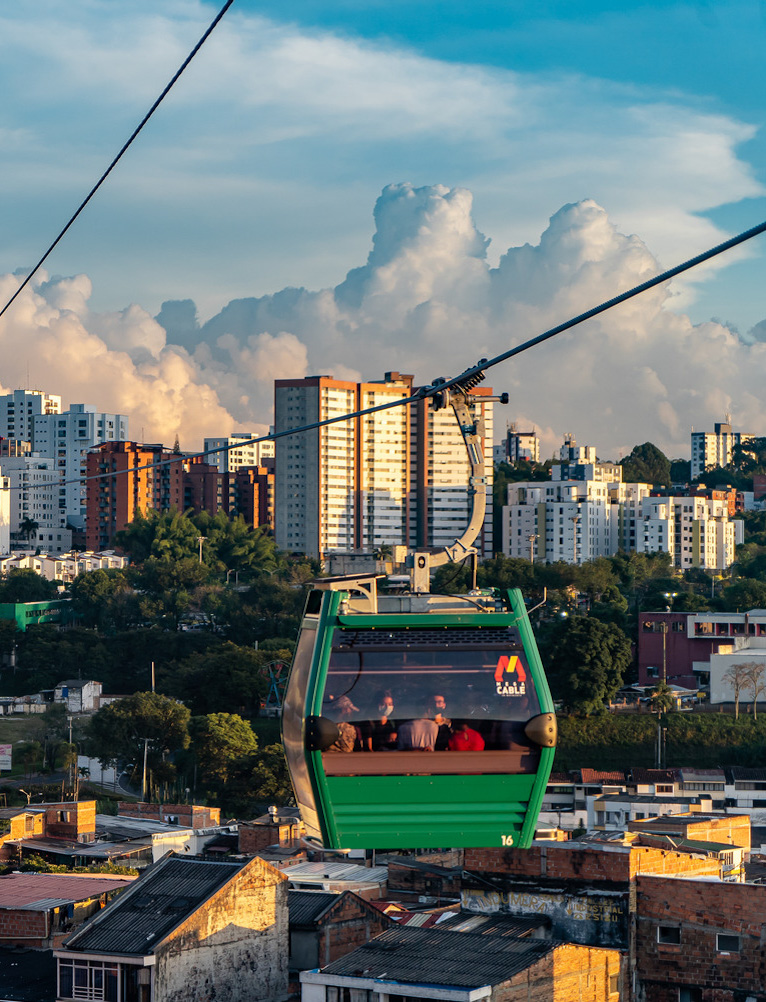
Urban Mobility
You have a concept ?

in the cities of tomorrow
With their dedicated sites integrated into the network,
ropeway connections support cities in their development
Feeder and Multimodal Transport
Ropeway solutions are an unbeatable form of intermediary or last-mile transport. Both their routes and their transport capacity adapt closely to real needs. With a capacity of up to 6000 passengers per hour, urban ropeways are an eco-efficient solution for managing growing urban passenger flows.
They are easily integrated into the existing public transport network and can be interconnected with traditional systems (bus, metro, tram), as demonstrated in Medellín, Algiers and Toulouse, enabling overhead connections to isolated zones, with a positive socio-economic impact.
Urban ropeways are the innovative solution to make areas accessible and improve existing transport infrastructures by strengthening the network.

Overcoming obstacles
Ropeways are a unique form of transport, because they are not affected by natural obstacles (rivers, the sea, slopes and relief) or urban obstacles (buildings, roads, railways, electric lines), including congestion on existing routes. An innovative system that uses the 3rd dimension, gondola lifts and ropeways travel above the city, to create urban connections where other modes of transport are limited.
Introduced to overcome obstacles, as in Nizhny Novgorod (Russia) or Toulouse (France), POMA’s solutions create connections that are free of the constraints that apply on the ground.
in motion

The ideal urban mobility solution
An advantage for cities
The POMA advantage
Ropeway transport systems and infrastructures can also be dismantled and moved, which makes the solution reversible and flexible.
thanks to state-of-the-art technological solutions
APM Urban Solution
POMA’s expertise
in service of urban transport
of urban ropeways

for urban transport are:
LET’S REACH FOR THE SKY, DISCOVER OUR NEW BROCHURE!
Our references around the world
in cities and metropolis
Santiago – Dominican Republic
Dominican Republic – Santiago de los caballeros – In progress
The Dominican government has set up the SITS (Santiago Integrated Transport System) to support urban development in the country’s second-largest city, Santiago de los Caballeros. A soft and sustainable mobility service accessible to all is at the heart of the project and will include a monorail, bicycles, electric buses and a nearly 4 km long…
ReadP Line – Metrocable
Colombia – Medellin – 2021
A social and economic link, Medellin’s Metrocable is the emblem of a city on the move. The 6th line of the metrocable took off in 2022 to extend its public transport network, serving sustainable and soft mobility
ReadLos Alcarrizos – Santo Domingo
Dominican Republic – Santo Domingo – 2022
The city of Santo Domingo inaugurates its new urban aerial tramway line, the fastest in the world. The monocable system criss-crosses the sky over a 4.2-km stretch and serves four stations, offering a perfect soft mobility solution between the city centre and the suburbs.
ReadCitadel of Namur gondola lift
Belgique – Namur – 2021
In Namur, Belgium, the ropeway connects the city centre to the Citadel Esplanade, flying over the river Sambre and the ramparts. Tourists and locals alike enjoy the experience of a silent trip with a breathtaking viewpoint. An ecological mode of travel, it blends harmoniously into its environment, by virtue of its modern architecture that respects…
ReadAerovia
Equateur – Guayaquil – ongoing project
In order to improve the flow of daily traffic between Duran and Guayaquil, Ecuador’s economic capital, and offer an alternative solution for crossing the estuary, the local authorities have opted for ropeway transportation. Ecuador’s first urban gondola lift links Duran and Guayaquil, providing fast, smooth travel throughout the transport network for 40,000 passengers a day.
ReadChiatura
Géorgie – Chiatura – 2020
To retrofit its urban overhead transport system, the city of Chiatura chose POMA. Four small urban ropeways, developed specifically to satisfy the needs in terms of capacity and the constraints regarding distances, have replaced some (very) old Russian ropeways.
ReadTizi Ouzou
Algeria – Tizi Ouzou – 2019
POMA has developed a three-section aerial transport line with a total length of 5 km consisting of two gondola lifts and an aerial ropeway in Tizi Ouzou, a town located 100 km from Algiers.
ReadAirtram New York
USA – New York – 2010
With the installation of this ultra-modern aerial tramway, POMA has provided New Yorkers with the most advanced technology in urban ropeway transportation. It is 960 m long and connects Roosevelt Island to Manhattan in just three minutes, passing over the East River in great comfort with unique views of New York through the huge windows…
ReadTéléo
France – Toulouse – 2021
More than 8,000 passengers will board the cabins of the Téléo tricable ropeway every day. Part of the Toulouse Agglomeration’s transport network, it crosses a river and travels over a hill to link three major hubs of activity in the south of Toulouse: the University Cancer Institute, Rangueil Hospital and Paul Sabatier University.
ReadLa Réunion
Réunion Island – Saint Denis – 2020
POMA built the first metrocable in the Indian Ocean in Saint Denis on Réunion Island. It provides safe, fast and quiet travel, connecting strategic neighbourhoods and delivering a better service to the island.
ReadPereira Megacable
Colombia – Pereira – 2021
Pereira Megacable is the first urban gondola lift to be 100% integrated into the public transport system of the city of Pereira. It is also the first lift in the country to be equipped with a DirectDrive®.
Read

